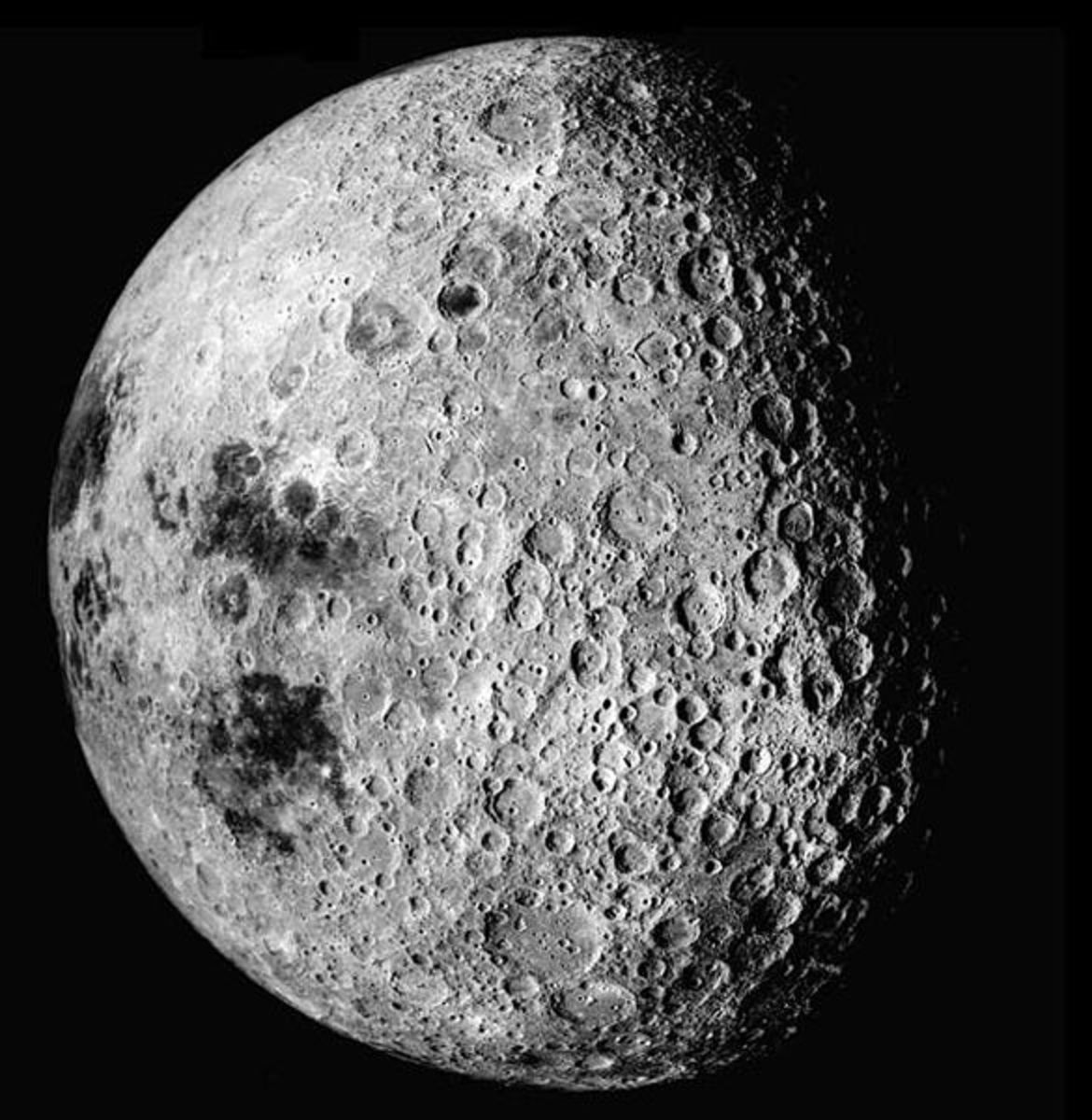Learning about the stars and space
The group of stars known as the Plough or Big Dipper (part of the constellation called the Great Bear) has eight stars, not seven. One of the seven stars visible with the naked eye, Mizar-the second star from the handle end-is actually two stars. They are known as Mizar A, the brighter ofthe pair, and Mizar B.
With the naked eye, they appear as one star; Mizar B becomes separately visible only with a small telescope. Many stars are, like Mizar, grouped in stellar families. One of the most numerous families is known collectively as Castor, in the constellation Gemini. Castor consists of a total of six stars orbiting each other in three pairs.
The 20th-century US astronomer Carl Sagan has estimated that there may be as many as one million advanced alien civilisations in existence on planets around the stars in our Galaxy alone. In 1960 the American radio astronomer Frank Drake made the first deliberate attempt to pick up possible incoming messages from beings around other stars.
He turned the 26m (85ft) diameter radio telescope of the National Radio Astronomy Observatory, Green Bank, West Virginia, towards two nearby stars, called Tau Ceti and Epsilon Eridani. Despite listening for two months, however, Drake heard nothing. Since then, other astronomers have searched for alien radio messages from approximately 1000 stars without success.
But since there are over 100,000 million stars in our own Galaxy, and-if Sagan is right-only a million with advanced life, we will need to listen to at least 100,000 stars before we can expect statistically to pick up a signal. Despite the odds, astronomers around the world are continuing the search, which may take until the end of the century to complete.
Each day, about three or four fist-sized meteorites-each weighing a few kilograms-fall into the Earth's atmosphere. Most of them burn up before they reach the Earth's surface. The very few meteorites that do reach the Earth are usually large ones. On average, a large meteorite-weighing as much as 50,000 tonnes, or about the size of a modern passenger liner - hits the Earth once every 100,000 years,
One of the largest known meteorite craters is the Canyon mablo Crater in the USA near Winslow, Arizona. It is 1km (0.7 miles) across and 174m (570ft) deep. Other large craters exist at Odessa, Texas, and at Wolf Creek and Henbury in Australia. It has been suggested, but not proven, that meteorites caused such major features as the almost circular Caribbean Sea and Hudson Bay in Canada.
The only living creature known to have been killed by an extraterrestrial object was, a dog-struck dead by a small meteorite at Nakhla, Egypt, in 1911.
The only person known to have been hit by a meteorite is an American, Mrs Hewlett Hodges, of Sylacauga, Alabama. On November 30, 1954, a 4kg (9Ib) meteorite crashed through her roof. bounced off a radio and struck her on the hip, causing massive bruises but no permanent injury.
Comets get smaller every time they go round the Sun. They are normally like enormous dirty snowballs - bits of rocky debris held together by frozen gases and water in outer space. But each time they approach the Sun, some of the ice is evaporated and some of the gases are boiled away by the Sun's heat. leaving the comets smaller than before.
Some of the comets that used to be seen regularly in the 19th century have now vanished. disintegrated by the Sun. Others have died more spectacularly by plunging straight into the Sun. In 1846 one comet, Biela's Comet. which used to appear at intervals of 6.75 years, surprised astronomers by breaking in half.
The two halves came round again for the last time in 1852. The comet's only legacy was a diminishing shower of hundreds of thousands of meteors formed from the remaining fragments that pepper the Earth's atmosphere every November. By the 1980s, however, the shower had petered away almost to nothing.








